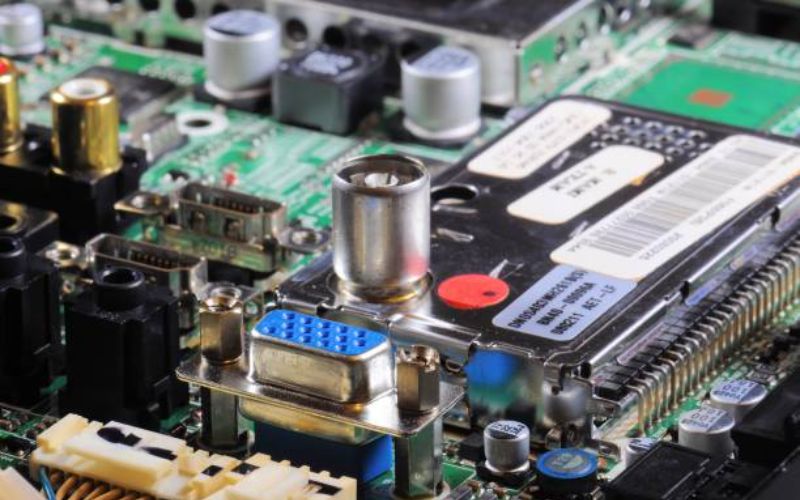The Evolution of Cooling Technology: roll bonded liquid cold plates
In today’s ever-evolving digital age, electronic devices have become one of the biggest contributors to heat emission. It has, therefore, become necessary to find ways and means of enhancing the cooling mechanism of these devices substantially to prevent them from malfunctioning due to overheating. Among the cooling technologies that have been developed, roll-bonded liquid cold plates have taken the lead and proven to be highly effective. In this article, we shall discuss various important aspects of roll bonded liquid cold plates that you should know.
What are Roll Bonded Liquid Cold Plates?
Roll bonded liquid cold plates refer to a specialized cooling technology that harnesses the conduction of heat. It comprises layers of aluminum or copper that are bonded together through a rolling process to enable the effective transfer of heat from one source to another. The bonding process involves the use of a high-pressure roller that fuses the layers of the respective materials together, creating a seamless bond that is highly efficient in transferring heat.
Benefits of Roll Bonded Liquid Cold Plates
Roll bonded liquid cold plates are highly efficient in transferring heat from one source to another and offer numerous benefits, including:
- Improved heat transfer between surfaces that are separated by air gaps or thermal interface materials.
- Elimination or minimization of hotspots in high heat-flux applications.
- Reduced system thermal resistance, which eliminates the need for more cooling solutions
- Higher cooling performance which increases the lifespan of electronic devices.
Applications of Roll Bonded Liquid Cold Plates
Roll bonded liquid cold plates are versatile and can be used in several electronic devices some of which include but are not limited to:
- Electric Vehicles
- Laser Cooling
- High-Performance Computing Systems
- Medical Devices
- Power Conversion Systems
The Advantages of Roll Bonded Liquid Cold Plates Over Other Cooling Technologies
Roll bonded liquid cold plates have several advantages over other cooling technologies, including:
- Higher cooling efficiency allows for simple and small liquid cold plates that are often only few millimeters thick
- Roll bonded liquid cold plates withstand high pressure and can, therefore, withstand high flow rates without incurring damage
- They possess great thermal conductivity, which in turn enhances the cooling efficiency
Materials Used in Manufacturing Roll Bonded Liquid Cold Plates
The primary materials used in the manufacture of roll bonded liquid cold plates include aluminum and copper. These materials are specially chosen for their high thermal conductivity, high mechanical strength, and excellent corrosion resistance. In addition, these materials are easy to bond and manipulate during the manufacturing process.
Factors to Consider When Choosing Roll Bonded Liquid Cold Plates
When choosing roll bonded liquid cold plates, several factors need to be put into consideration to ensure the right plates serve the intended purpose. These factors include:
- Thermal performance - the cooling efficiency of the cold plates
- Dimensions of the plate - size and dimensions of the cold plate enhances their efficiency such as increased surface area.
- Flow rate - the rate of flow of coolant liquid is critical for the efficient cooling of the electronic devices
- Thermal resistance – the thermal resistance of each unit defines its cooling capabilities as compared to other options.
Installation and Maintenance of Roll Bonded Liquid Cold Plates
Roll bonded liquid cold plates need proper installation and maintenance to function effectively and last longer. This includes flushing out debris, regular cleaning and changing the coolant regularly. It is necessary to ensure that the cold plates work correctly, preventing any damage and minimizing any downtime.
Conclusion
Roll bonded liquid cold plates are a reliable, efficient cooling technology that can transfer heat effectively in various electronic applications. They offer numerous benefits and are suited for use in various complex cooling applications. When choosing liquid cold plates, it is important to consider their thermal capabilities, dimensions, flow rate, thermal resistance and installation, and maintenance requirements, among other factors.

